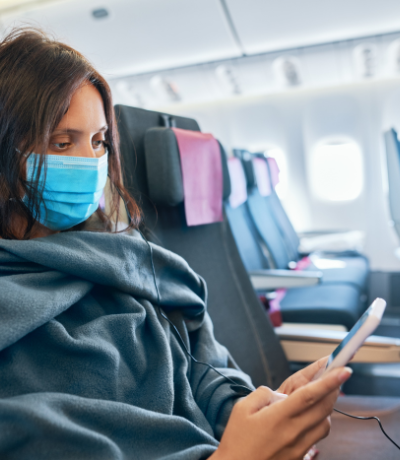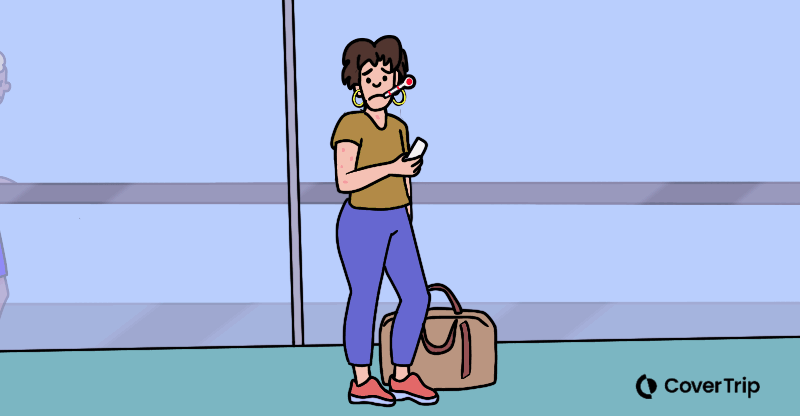How to avoid monkeypox on your next trip
29 July 2022
Just as we started to put COVID out of our minds and work toward a new normal, a not-new virus emerges on the scene. The latest virus outbreak is not one the US public is generally familiar with, however. It’s called monkeypox and, similar to smallpox and chickenpox, it’s a virus that was formerly eradicated.
This week, the World Health Organization declared monkeypox a public health emergency of international concern. Monkeypox has actually been around for quite a while, and members of the scientific medical community have published concerns about the potential of a monkeypox epidemic for more than a decade.
Some important things to note:
- The good: Monkeypox is rarely fatal in adults and doesn’t typically require hospitalization.
- The not-so-good: It could prove fatal to children under the age of 8.
- The not-great: While a vaccine is available, there’s currently a limited supply.
As of July 25, 2022, there have been 3,487 confirmed cases of monkeypox in the US. The good news is that there are no deaths reported.
Researchers have expressed concern that a widespread outbreak could cause it to mutate and become a greater threat to humans.
So, with a new virus on the scene and record-breaking numbers of travelers, how do you protect yourself from monkeypox?

Understand how it spreads
I’m not comparing COVID to monkeypox, but I will compare the importance of understanding how it spreads as the first line of defense.
Just as COVID taught us that masking and regular hand-washing were helpful to slowing the spread, monkeypox is primarily spread by physical contact.
I write primarily because it can also spread through respiratory droplets that may be on surfaces. Individuals can become infected by touching a person, or items shared with a person, who is infected.
Avoid these situations for now
Because monkeypox primarily spreads through prolonged skin-to-skin contact, it’s important to maintain some physical distance and avoid situations like these:
- Crowded places like nightclubs and raves, and
- Places where people are wearing less clothing like tank tops and shorts
It’s not uncommon for a virus outbreak to start in a particular group of people before spreading more widely.
Since the outbreak began in May, most of the cases were among men who have sex with men. Monkeypox is not, however, a sexually transmitted disease and women and children are among the currently infected patients.
Watch for symptoms
Symptoms usually start within three weeks of exposure. The early symptoms of monkeypox are similar to those of other viruses:
- fever
- headache
- muscle aches
- low energy
Later symptoms include an itchy, painful rash that advances to raised blisters or sores that spread over the body.
Some patients have reported excruciating pain, lesions, and scars after recovery. The illness typically lasts between two and four weeks and requires the patient to isolate to keep from spreading it to others.
Keep an eye on rates and outbreak maps
The CDC has a new US map of monkeypox cases. Scroll down the page and you can see the case count by state. The state currently leading the number of cases by far is New York.
You can see the 2022 Monkeypox Outbreak Global Map if you’re traveling overseas. The non US country currently leading the number of cases is Spain, followed by Germany and the UK.
Related topics
Damian Tysdal is the founder of CoverTrip, and is a licensed agent for travel insurance (MA 1883287). He believes travel insurance should be easier to understand, and started the first travel insurance blog in 2006.
